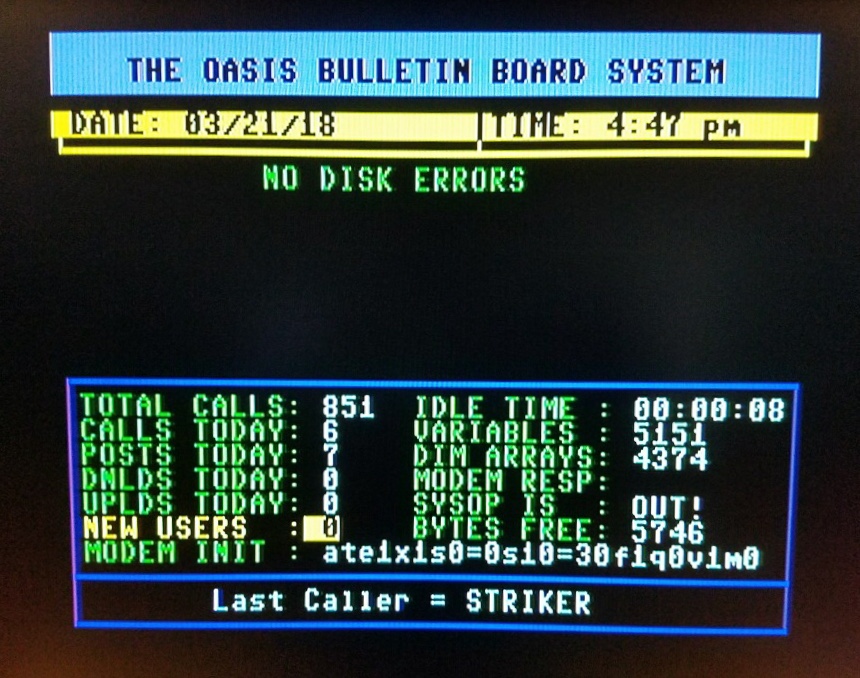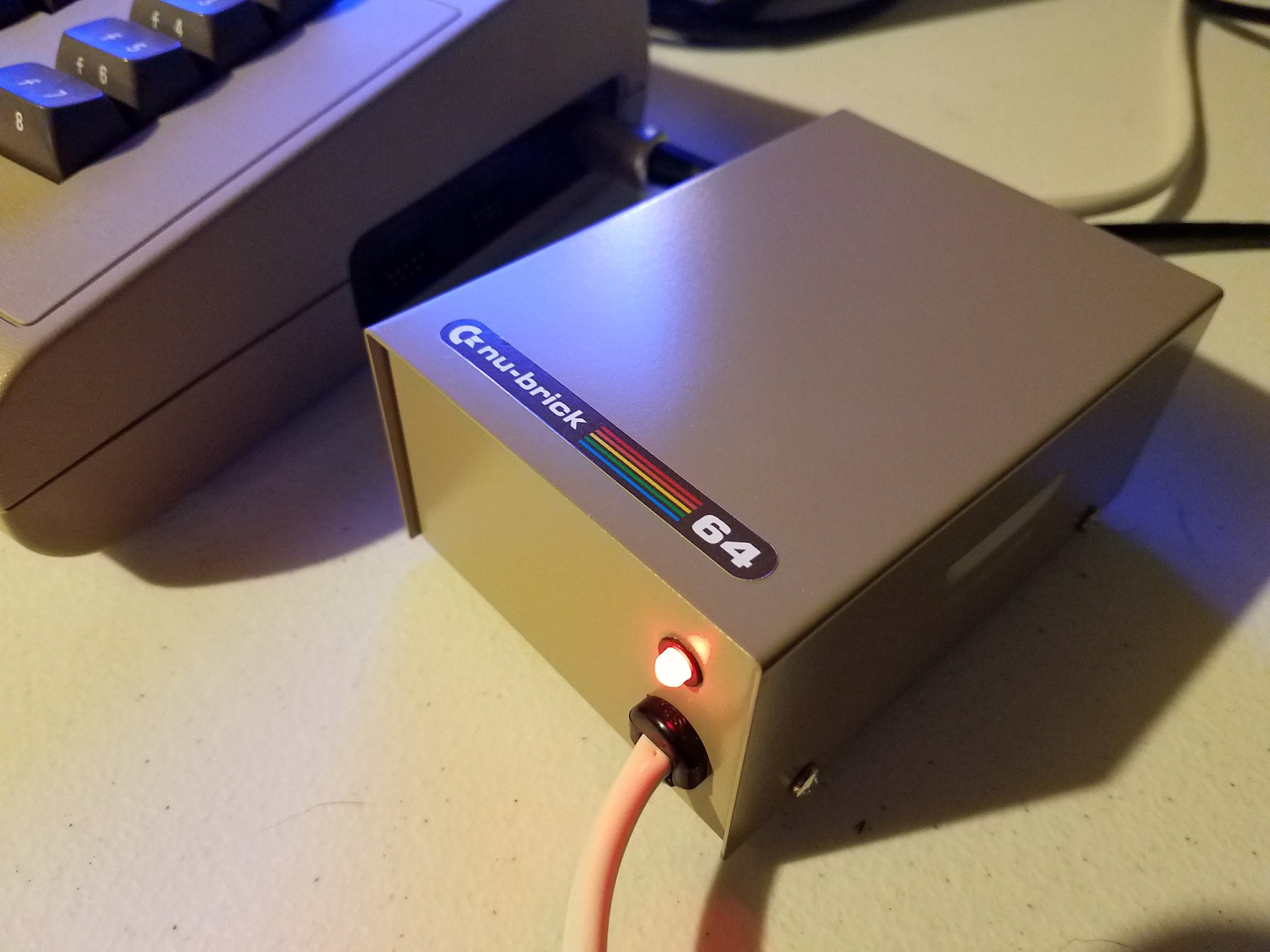In this creative build from RETRO is the new black, Wolfgang converts a non-working Amiga 3000 into a fully functioning Mister Amiga 3000. By repurposing his previous Mister-in-a-GameCube project, he aims to build a system that looks and behaves like a true Amiga—while running on FPGA hardware.
Dismantling the GameCube Mister
To start, Wolfgang carefully disassembles the Mister setup housed inside a modified GameCube shell. It includes a custom USB hub, switches, and a standard 12V power input. Everything is removed and set aside for reuse in the new build. His mission: make the Mister Amiga 3000 look as authentic as possible.
Rebuilding with Purpose
Since the original A3000 motherboard is beyond repair, Wolfgang uses the empty case as a foundation. He re-engineers every internal component. He repurposes the original power button using a 3D-printed bracket, maintaining the mechanical feel. This button now controls the Mister’s power via a modern switch.
For mounting the Mister board and other parts, Wolfgang opts for a mix of cardboard, zip ties, and clever thinking. Surprisingly, even tomato juice packaging gets involved. Despite the improvised materials, the result feels solid and well-organized.
Seamless External Access
Next, Wolfgang focuses on usability. He installs HDMI and VGA ports, a stereo audio jack, a USB hub, and an SD card extender. All components are placed where the original ports would have been. To preserve the A3000’s look, he even blacks out blue plastic port covers with a Sharpie.
Additionally, he adds internal adapters to connect original Amiga peripherals. The keyboard, joystick, and mouse all work with the system, preserving the retro feel.
Bringing the Amiga to Life
After assembling everything, Wolfgang boots the system. The Mister Amiga 3000 launches directly into Amiga Workbench with AGA support. Mouse input works perfectly, and LEDs blink just like the real thing. He also maps the Mister menu to the F6 key for easy access.
Even better, he installs an NFC card reader. Printed cards instantly load different cores—C64, Atari, and more—when placed on the reader. This feature adds both convenience and charm.
Efficient File Transfers and Upgrades
Wolfgang sets up FTP access to the Mister. Now he can drop files directly into folders without using SD cards or USB sticks. He also swaps out front panel LEDs for white ones, compatible with Mister’s 3.3V output. They look great and light up clearly through the original panel.
Later, he adds custom buttons, finishes the cable routing, and mounts everything securely. His workspace stays clean and well-managed.
Final Thoughts
This Mister Amiga 3000 build blends modern performance with vintage style. It boots reliably. It looks authentic. And it runs everything from Amiga software to C64 games. With FPGA hardware under the hood, it feels like a real Amiga—without the headaches of aging components.







